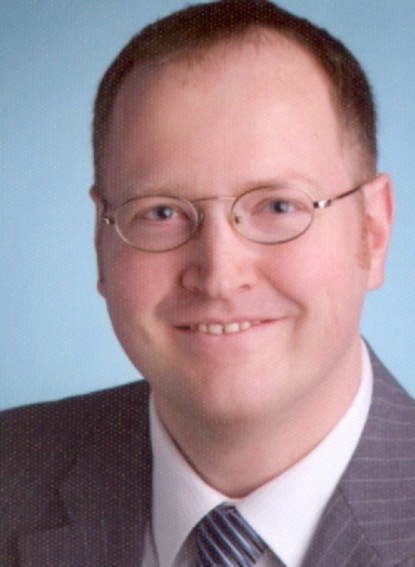On January 1, 2019, the Hessian Ministry for Higher Education, Research and the Arts has established the International Center for Nuclear Photonics at TU Darmstadt in the framework of the LOEWE initiative as a new research cluster.
Collaboration partners
-
Extreme Light Infrastructure - Nuclear Physics (ELI-NP)
Str. Reactorului no.30, P.O.BOX MG-6, Bucharest – Magurele, Romania
ELI-NP is going to be the most advanced research facility in the world focusing on the study of photonuclear physics and its applications, comprising a very high intensity laser of two 10PW ultra-short pulse lasers and the most brilliant tunable gamma-ray beam. This unique experimental combination will enable ELI-NP to tackle a wide range of research topics in fundamental physics, nuclear physics and astrophysics, and also applied research in materials science, management of nuclear materials and life sciences.
-
European Commission - Joint Research Centre, Geel, Belgium (JRC Geel)
Since 1962, the JRC facility in Geel brings together multi-disciplinary expertise for developing new measurement methods and tools such as reference materials, promoting standardisation and harmonisation across the European Union to stimulate innovation and to protect consumers and citizens.
-
Institute for Nuclear Physics (IKP)
Institute for Nuclear Physics, TU Darmstadt
Funding
-
BMBF Integrated Research ELI-NP, 05P15RDENA
BMBF Integrated Research ELI-NP between the University of Cologne (Prof. Zilges), the TU Darmstadt (Prof. Enders, Prof. Kröll, Prof. Pietralla) and the LMU Munich (PD Thirolf).
-
Landes-Offensive zur Entwicklung Wissenschaftlich-ökonomischer Exzellenz
The International Center for Nuclear Photonics at TU Darmstadt is funded by the Hessian HMWK within the LOEWE initiative. The projects described on these web pages are financially supported by the LOEWE research cluster. As a LOEWE research cluster, the International Center for Nuclear Photonics is member of the Hessian proLOEWE network.









